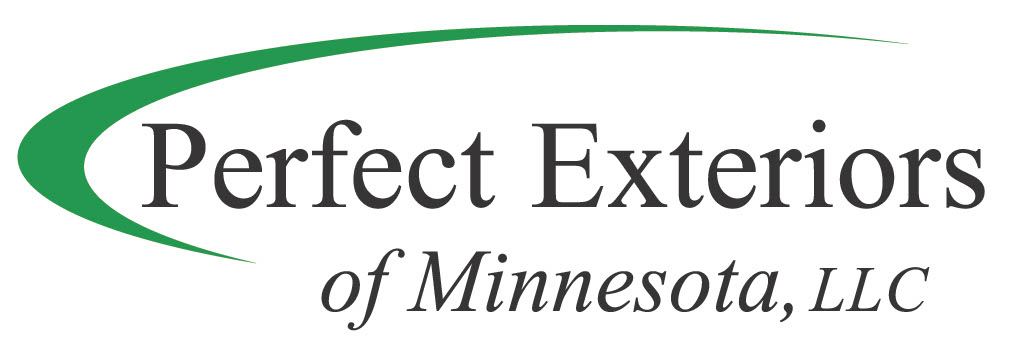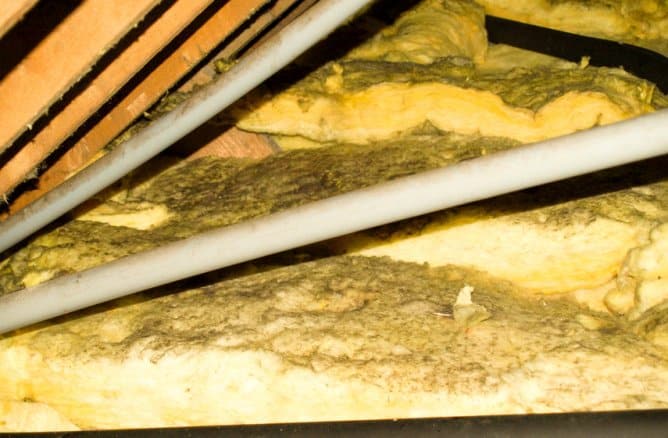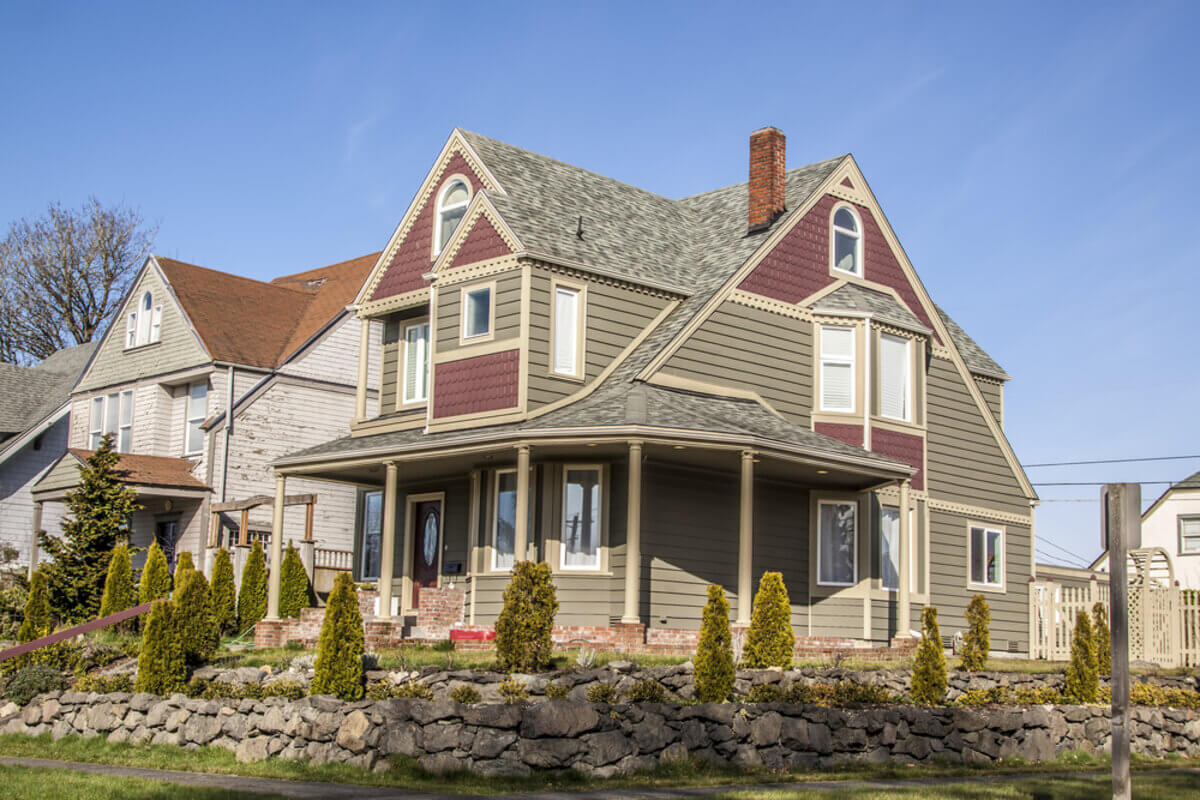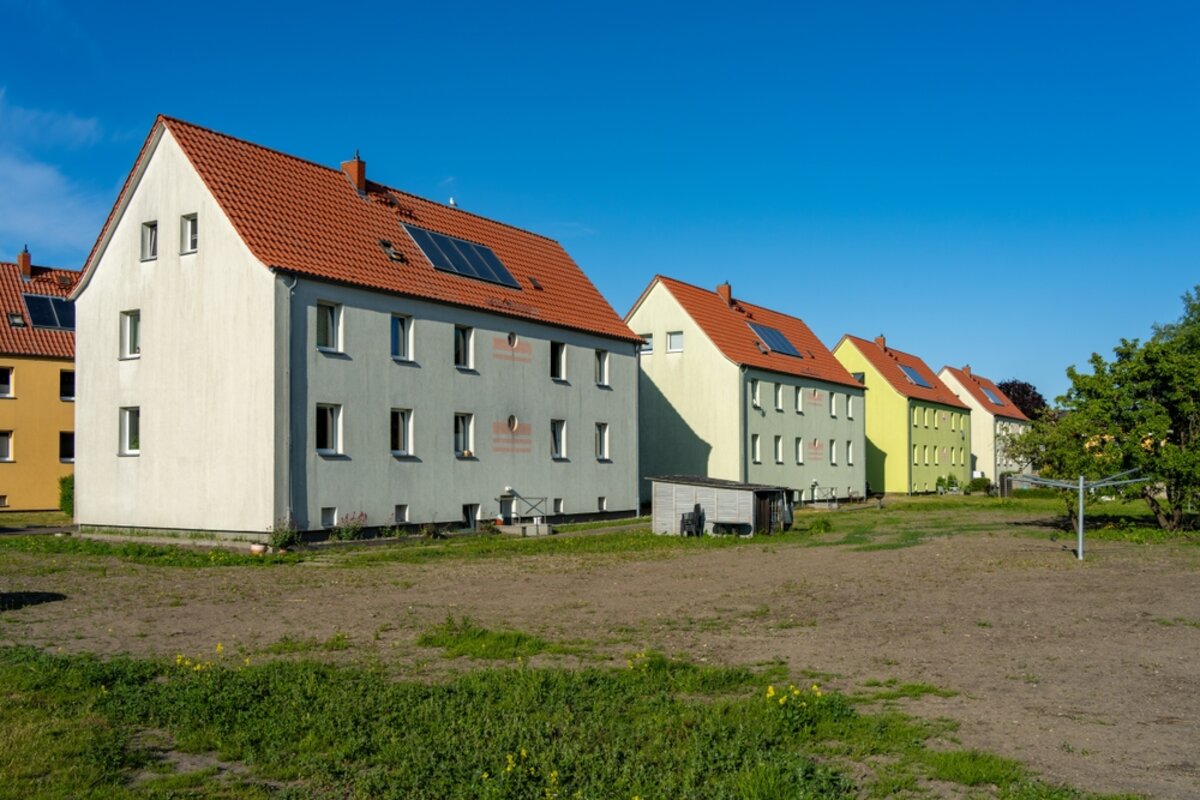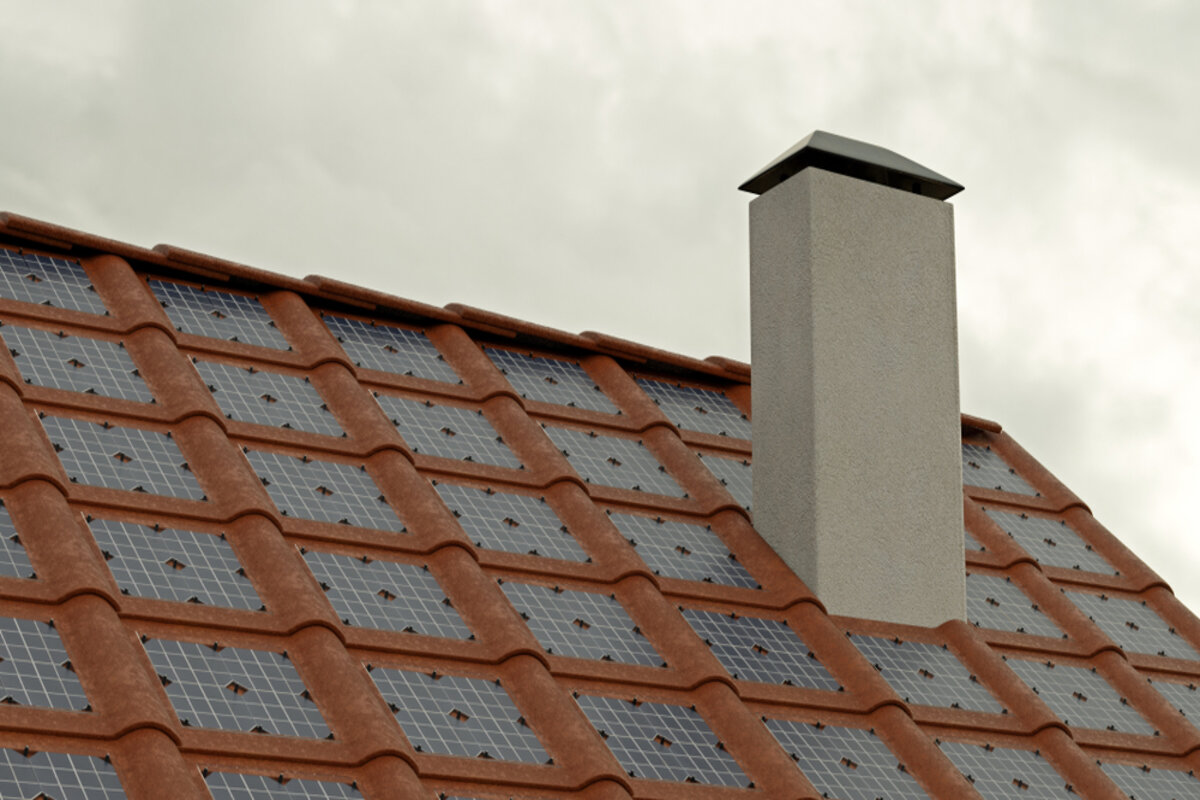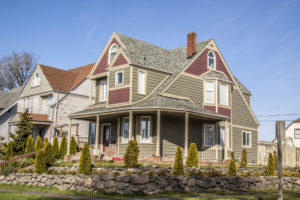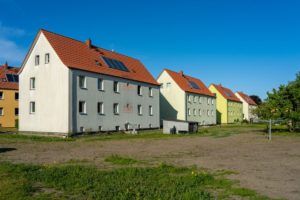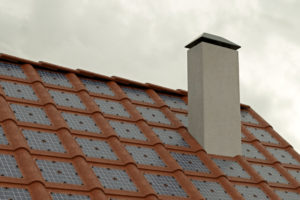Last time you went up to your attic to grab an old family photo album, you were met with quite an unpleasant surprise: Stinky, smelly, slimy mold! In case you had any doubt about the matter: no, it’s not normal to find such a thing up there among your precious heirlooms. And in case you were wondering about the severity of the problem—yes, mold can, and will, have serious effects on your loved ones’ health!
Fortunately, the expert roofers at Perfect Exteriors know all about how an ailing roofing system can create mold growth, and we’re here to explain the ins and outs to you so the problem never happens again.
Poor Roofing Ventilation Creates Mold Growth
Strange as it might seem, your roof probably isn’t air-tight! Strategically placed vents allow it to “breathe,” so to speak. This is a good thing; without these vents, many roofs can’t properly rid themselves of moisture. Thanks to the lack of airflow water can condense on your decking and rafters, and where the warmth of your house meets the darkness and moisture of your attic, mold can quickly grow.
In this case, you just need to open things up a bit! Your provider of residential roofing services can assess your roofing system and quickly get to work doing just that, either by installing new roofing vents or making sure your old ones work properly.
Roof Leaks Can Cause Isolated Mold Spots
Another way that moisture can work its way into your attic and cause mold: if you go too long delaying roof repair. If you know your roof leaks in heavy rain, for example, and you delay getting it fixed, you can quickly accrue more expenses as mold takes ahold in your roofing’s plywood and rafters.
The second you notice hail damage or any other sort of roofing issue, contact your home exterior contractor. Sensible ones will get you in as soon as possible, as moisture is no laughing matter. They’ll also tell you what to do until they arrive!
If Your Roof Lacks Insulation, Mold Might Move in
In addition to ventilation, your roof also needs insulation in order to keep fungus at bay. We know, we know, that’s contradictory and a bit of a tongue twister, so let us explain.
Insulation, when properly used, slows the flow of water-heavy air from the home space below. Turning on a hot shower, doing the dishes, washing your hands—all of that generates moisture that needs to be handled. If that air is allowed to flow freely into your attic, your ventilation system might not be sufficient to handle it, resulting in—you guessed it—mold.
Perfect Exteriors: Here to Solve Your Roofing Woes
Our Monticello team has been in the business for almost two decades; we’re proud to strive for the pinnacle of perfection in our work. Reach our office today at 763-271-8700.
